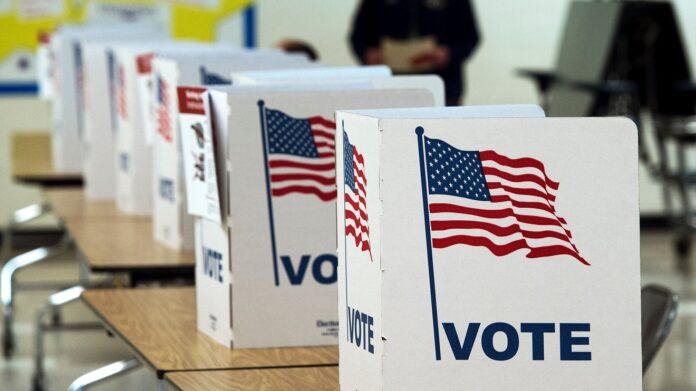The top issues influencing voters this election—economy, immigration, and inflation—are directly impacting recruitment strategies, according to Andrew Flowers, chief economist at Appcast, during his Oct. 15 webcast titled “How the US Election Could Shape Your 2025 Recruitment Strategy.”
Key Recruitment Impacts of Economic and Policy Factors
- Immigration and Talent Pool: Immigration policies determine the talent pool’s size and accessibility for recruiters.
- Inflation and Cost of Living: These factors influence wage expectations and compensation strategies.
Tight Presidential and Congressional Races
Flowers highlighted the extremely close nature of the presidential race, describing it as “razor thin” with no clear front-runner. Control of the U.S. House and Senate is similarly uncertain, with forecasters suggesting the Senate could flip to Republican control while the House remains closely contested.
Potential Recruitment Impacts by Election Scenario
Flowers analyzed four possible election outcomes, forecasting their implications for labor demand, supply, and wages:
Scenario 1: Kamala Harris Wins; Split or Republican-Controlled Congress
- Likelihood: 45%
- Impacts:
- Labor demand, supply, and wages remain neutral.
- Status quo on tariffs and taxes continues.
- Modest tightening of border enforcement.
Scenario 2: Republican Mandate (Republican President and Congress)
- Likelihood: 30%
- Impacts:
- Neutral labor demand due to conflicting factors (potential tariffs vs. lower taxes).
- Labor supply declines due to possible mass deportations.
- Wages rise under inflationary fiscal, trade, and migration policies.
Scenario 3: Donald Trump Wins; Split or Democratic-Controlled Congress
- Likelihood: 20%
- Impacts:
- Neutral labor supply with slight tightening of border enforcement.
- Labor demand potentially slows due to tariffs.
- Wages see modest increases due to inflationary fiscal and trade policies.
Scenario 4: Democratic Mandate (Democratic President and Congress)
- Likelihood: 5%
- Impacts:
- Labor demand remains neutral.
- Labor supply increases, driven by robust immigration and childcare policies.
- Wages rise, supported by stronger labor power and inflationary fiscal measures.
Conclusion
With the election just weeks away on Nov. 5, Flowers emphasized the importance of understanding the potential economic and policy implications on recruitment strategies. His analysis remains nonpartisan, focusing on how each scenario may shape the labor market in 2025.
Recruiters must stay agile, anticipating changes in immigration, wages, and economic policies to navigate the post-election labor landscape effectively.





